Intro
Master Referencing Excel Table Columns by Name with VBA! Learn how to easily access and manipulate table columns by their names using VBA. Discover techniques for referencing table columns, writing dynamic code, and optimizing your VBA scripts. Streamline your workflow and boost productivity with our expert tips and examples.
Working with Excel tables in VBA can be a tedious task, especially when it comes to referencing columns. However, there is a way to make this process easier and more efficient. In this article, we will explore how to refer to Excel table columns by name with VBA, making your coding experience more enjoyable and less prone to errors.
The Importance of Referencing Columns by Name
When working with Excel tables, it's essential to reference columns accurately to avoid errors and ensure that your code runs smoothly. Referencing columns by their position (e.g., Range("A1")) can lead to issues if the table structure changes or if columns are inserted or deleted. By referencing columns by name, you can ensure that your code remains robust and adaptable to changes in the table.
Understanding Excel Table Structure
Before we dive into referencing columns by name, let's take a brief look at the structure of an Excel table. An Excel table consists of a range of cells that are defined by a header row, a data range, and optional total rows. The header row contains the column names, which are used to identify each column.
Referencing Columns by Name using VBA
To reference an Excel table column by name using VBA, you can use the ListObject object and its ListColumns property. The ListColumns property returns a collection of ListColumn objects, which represent the columns in the table.
Here's an example of how to reference a column by name:
Dim tbl As ListObject
Dim col As ListColumn
Set tbl = ActiveSheet.ListObjects("TableName")
Set col = tbl.ListColumns("ColumnName")
' Now you can use the col object to manipulate the column
In this example, we first set a reference to the ListObject object that represents the table. Then, we use the ListColumns property to set a reference to the ListColumn object that represents the column with the specified name.
Using the ListColumns Property
The ListColumns property is a powerful tool for referencing columns by name. You can use it to access a column by its name, and then use the resulting ListColumn object to perform various operations, such as:
- Getting or setting the column's header value
- Getting or setting the column's data range
- Inserting or deleting columns
- Formatting the column
Here's an example of how to use the ListColumns property to get the header value of a column:
Dim tbl As ListObject
Dim col As ListColumn
Set tbl = ActiveSheet.ListObjects("TableName")
Set col = tbl.ListColumns("ColumnName")
' Get the header value of the column
Debug.Print col.Range(1).Value
Tips and Tricks
Here are a few tips and tricks to keep in mind when referencing columns by name:
- Make sure to use the exact column name, including any spaces or special characters.
- If you have multiple columns with the same name, you can use the
ListColumnsproperty to access the first column with that name. - You can use the
ListColumnsproperty to access columns in a specific order, such as by using theListColumns(1)syntax to access the first column.
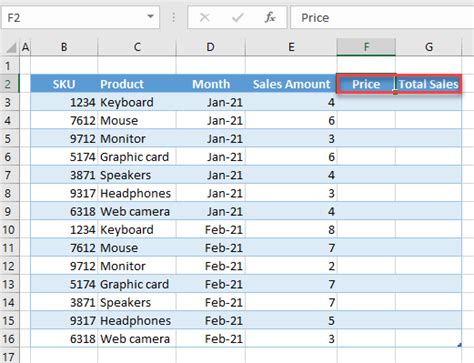
Benefits of Referencing Columns by Name
Referencing columns by name offers several benefits, including:
- Improved readability: Your code is easier to read and understand when you use meaningful column names instead of arbitrary numbers.
- Reduced errors: By referencing columns by name, you can avoid errors caused by changes to the table structure.
- Increased flexibility: Your code is more adaptable to changes in the table when you use column names instead of numbers.
Common Errors and Solutions
Here are a few common errors and solutions to keep in mind when referencing columns by name:
- Error: "Column not found" Solution: Check that the column name is spelled correctly and that the column exists in the table.
- Error: "Ambiguous column name"
Solution: Use a unique column name or use the
ListColumnsproperty to access the first column with that name.
Gallery of Excel Table Columns
Excel Table Columns Gallery
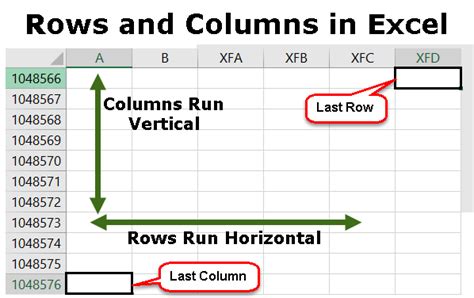
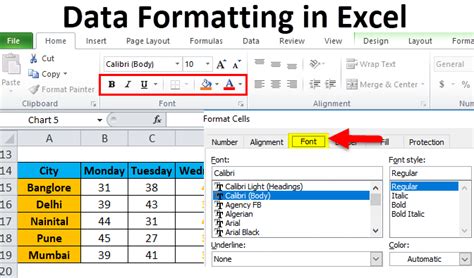
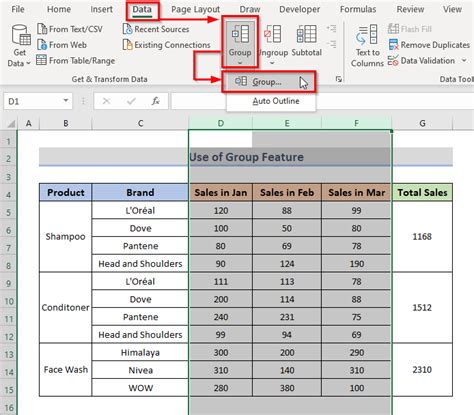
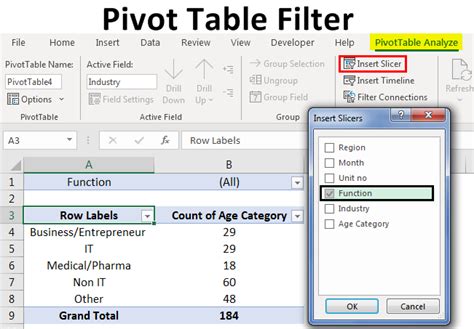
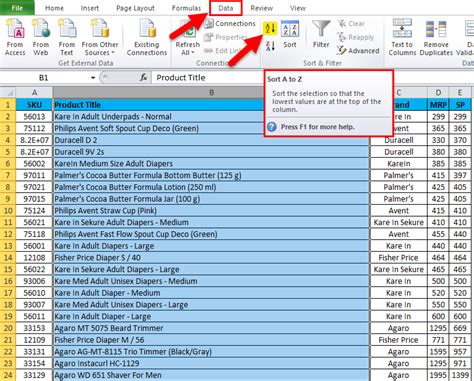
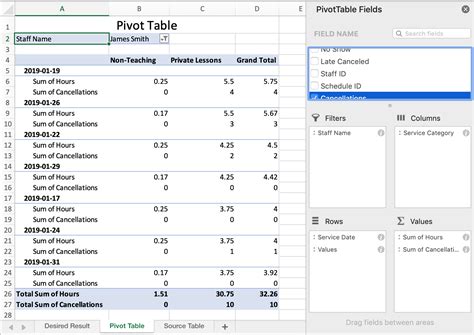
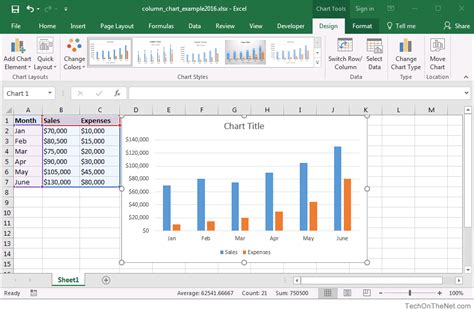
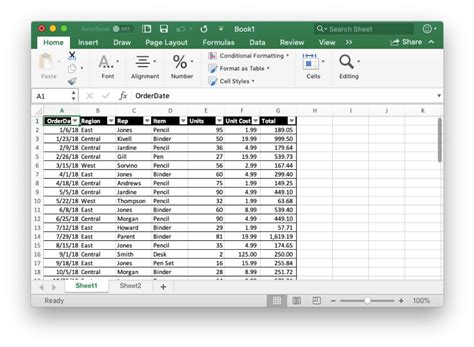
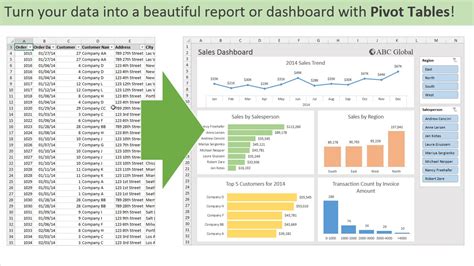
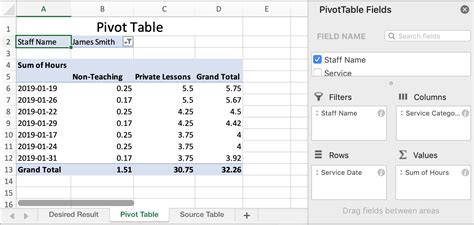
Conclusion
Referencing Excel table columns by name using VBA is a powerful technique that can improve the readability, flexibility, and accuracy of your code. By using the ListObject object and its ListColumns property, you can access columns by their meaningful names instead of arbitrary numbers. With this technique, you can create more robust and adaptable code that is easier to maintain and modify. So next time you're working with Excel tables in VBA, try referencing columns by name – your code (and your colleagues) will thank you!
